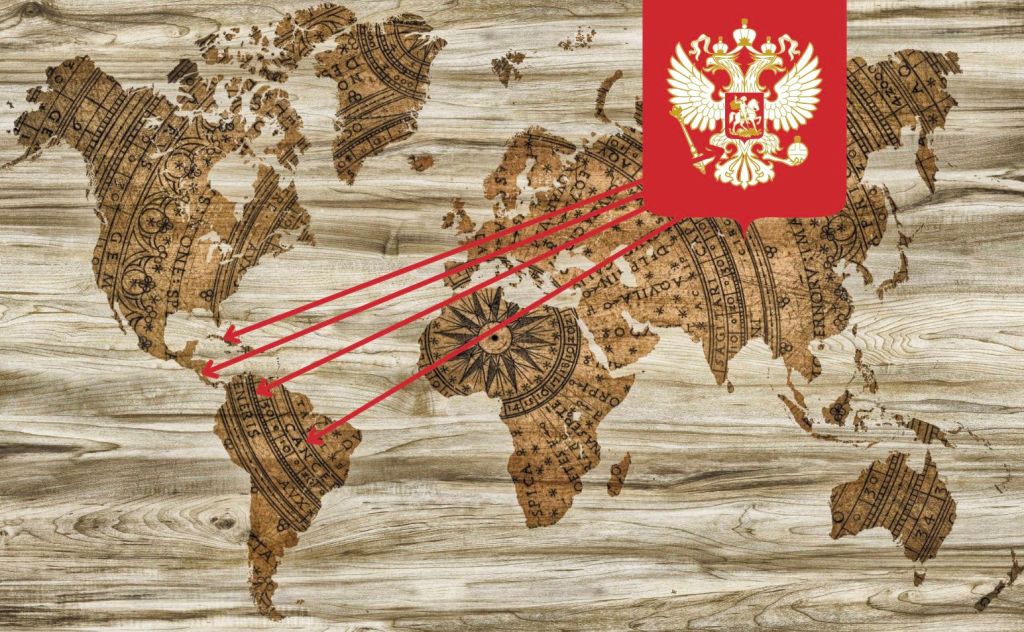
Some time ago, I was visiting friends in Washington, DC. One evening, after spending time with them, I ordered an Uber to take me back to my hotel. It would take about an hour to cover the entire distance, so I mentally prepared myself for a conversation with the driver.
When the Uber arrived, my driver turned out to be a 60-year-old expat from Peru named Gonzalo, if I remember correctly. Gonzalo had the aura of an aging hippie. We started talking, and it turned out that he had come to the US ten years ago after winning a green card in the lottery.
“And where are you from?” he asked. “Poland,” I replied.
“Ah, from Poland. John Paul II. Great. I am a Catholic and an anti-communist.” “Just like me, Gonzalo,” I replied.
He then questioned me for ten minutes about everything to do with Poland before finally asking about the topics that interested him most.
“You’re from Poland; I guess that’s close to Ukraine, right? What do you think about this whole war and this comedian, Zelenski?”
I politely answered what I thought.
Next question: “What about these biolabs?”
And then: “Why did Ukrainians bomb Russian civilians in Donbas and Kharkiv?”
I was really surprised that he repeated almost all the major fake news and narratives used by Russia. He was not aggressive, but his attitude towards Ukraine was definitely negative. I don’t think he was a troll either, because he was open to discussion and seemed to understand my arguments. What interested me most during the conversation were two things: firstly, if he was really into politics, and secondly, where he got his information from. It turned out that he didn’t really read the press, use X, or follow any other media. All he knew was from his group chats and other groups on his social media, all in Spanish. This particular anti-Ukrainian stuff came from “viral” videos circulating in these groups.
This story correlates with another that happened to me.
As I listened to Vladimir Putin’s speech on February 24, 2020, shortly after Russia launched a full-scale attack on Ukraine, one thing struck me the most. Namely, how detached from reality Putin and the Russians must be to think that the world would buy their fairy tales about Ukrainian Nazism and the deadly threat from NATO as the authentic reasons for their “special operation.” Meanwhile, as time has shown, a large part of the world has not only bought it but is also able to creatively develop it. Far-left and far-right circles bring such fantastic concepts as “Heavenly Jerusalem” to a wider audience. According to this conspiracy theory, the war in Ukraine was planned and caused by Israeli elites. Why? Because it’s getting too dangerous in Israel, and they could use a piece of land to evacuate—from Odessa to Krakow. Without the local population, of course, hence the war.
Gonzalo’s anecdotal example reminds me of the nature of disinformation, which is like cancer. It can start with a single cell. It multiplies, attacks healthy tissue, and spreads throughout the body, killing it. It changes its natural mechanisms and cycles, its behavior. At the same time, these “diseased cells” can be easily transferred to healthy populations and then live their own devilish lives. How seemingly ridiculous lies become deadly threats.
That is why we must not only fight the lies of our opponents on the ground but, above all, ensure the spread and strength of our own narratives. So that the next time Gonzalo clicks on a viral video in his group chat, he will see a true story in Spanish about Russia’s endless crimes instead of the myths written in Lubyanka.
Filip Styczyński
Investigative journalist, Russian propaganda researcher, and former director of TVP World, the first Polish English-language news television.
